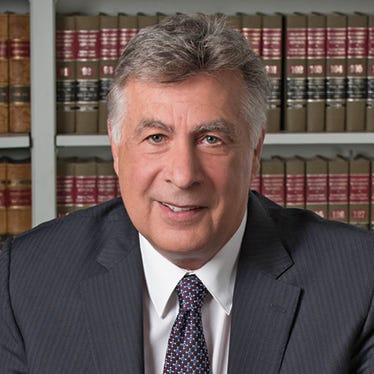October 12, 2023

The federal gift and estate tax exemption amount (“exemption amount”) for 2023 is $12.96 million for individuals and $25.92 million for couples. However, the exemption amount will revert to pre-2018 exemption levels (indexed for inflation) on Jan. 1, 2026, unless our divided Congress takes further action.
The 2026 exemption amount cannot be determined but is anticipated to be about $7 million. A 40% gift or estate tax is assessed on the amount over the exemption amount. Farmers with large estates should be concerned about potential estate taxes as their net worth increases and compounds from profits and inflated asset values.
Tools to minimize estate taxes
This column explains a special planning tool known as the Spousal Lifetime Access Trust, which is sometimes used in large estates to allow ongoing control of property while removing that property from exposure to estate tax. A SLAT is an irrevocable trust established by one spouse (the Donor Spouse) for the lifetime benefit of the other spouse (the Beneficiary Spouse).
The purpose of the SLAT is to reduce and, at least, partially freeze the value of the couple’s combined estates by taking advantage of the Donor Spouse’s exemption amount during his or her lifetime. The value of the property contributed to the SLAT and its future appreciation are removed from the Donor Spouse’s estate. The trust property is also excluded from the Beneficiary Spouse’s estate, even though he or she will receive distributions from the SLAT. Other family members or third parties may also be designated as current beneficiaries of the SLAT. Upon the death of the Beneficiary Spouse, the trust estate is then transferred, outright or in trust, to the Donor Spouse’s designated residual beneficiaries. In a farm plan, the residual beneficiaries will often include the couple’s qualified successors in the farm business.
The Donor Spouse must irrevocably transfer assets owned by him or her to the SLAT. Thus, assets held as marital property (i.e., “community property”) must be partitioned between the spouses so the Donor Spouse can contribute assets owned solely by him or her to the SLAT. The Donor Spouse cannot receive any part of the net income or principal of the trust or use of trust assets. However, the Beneficiary Spouse can receive distributions of income or principal from the SLAT allowing the Beneficiary Spouse (and indirectly the Donor Spouse) to benefit from the trust estate.
The Beneficiary Spouse can be a Trustee of the SLAT if the distributions are mandatory or subject to an ascertainable standard, such as “…his or her reasonable health, support and maintenance…”. A child of the Donor Spouse can also be a Trustee if distributions are mandatory or subject to an ascertainable standard.
A SLAT is usually structured as a “grantor trust” so the Donor Spouse pays the tax on the Trust’s income. Because the Donor Spouse pays current income taxes, the trust estate can grow and compound estate tax free without being diminished by income taxes. The SLAT can be structured to permit the Donor Spouse to elect out of “grantor trust” status, so the tax on trust income is thereafter then paid by the trust or the Beneficiary Spouse.
Sometimes, a married couple will establish two SLATs, with each spouse creating a separate trust for the other. This allows each spouse to maximize the early use of his or her exemption amounts, which can be extremely important in large, growing estates. However, even for large estates, it may be impractical to use both spouse’s full available exemption amounts. Instead, couples may find it desirable to use only part of either or both exemption amounts. Further, a SLAT can also provide a substantial measure of protection from creditor claims for both the Donor Spouse and Beneficiary Spouse. Careful drafting is needed for effective creditor protection.
Update estate plans
Farm business, tax, succession, and estate planning should be comprehensive and consistently reviewed and updated. Planning is best done in a series of actions taken over time. The goal should be to keep planning as simple and straightforward as possible, but proactively using more complex planning methods, such as SLATs, when appropriate.
Twohig is a partner in the ag law firm Twohig, Rietbrock, Schneider and Halbach. Call him at 920-849-4999.
About the Author(s)
You May Also Like






